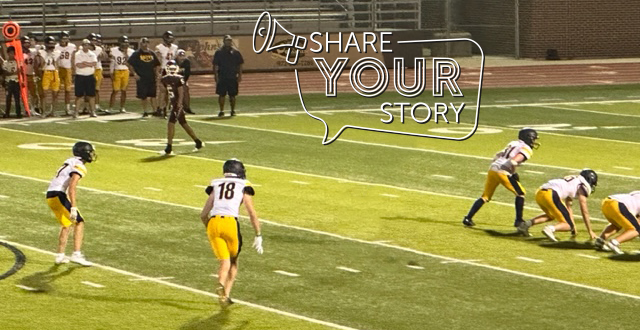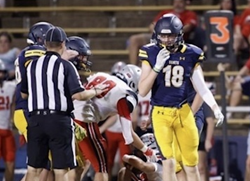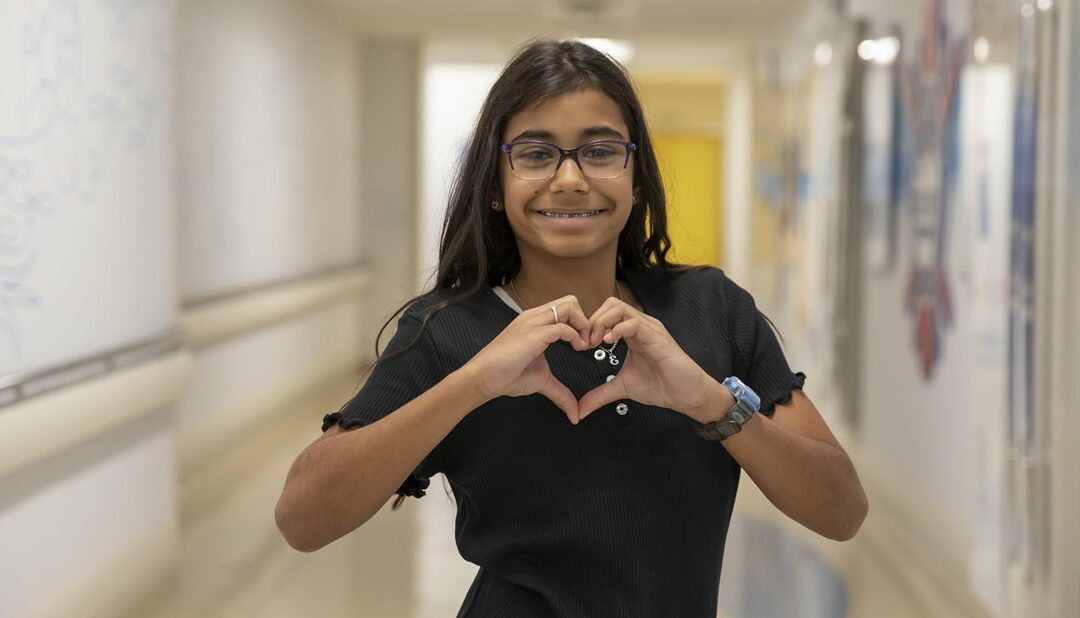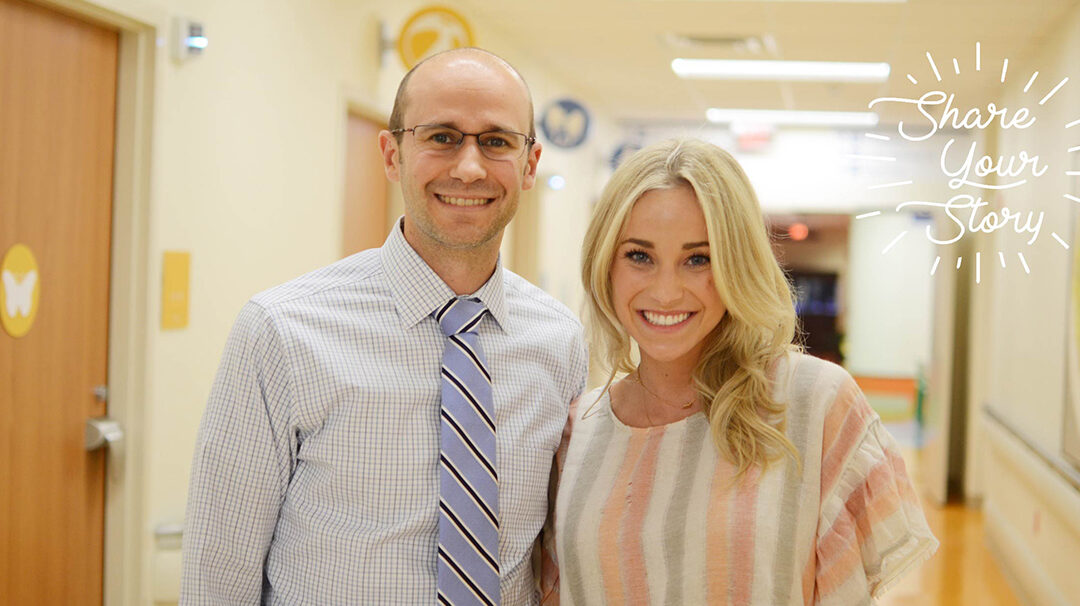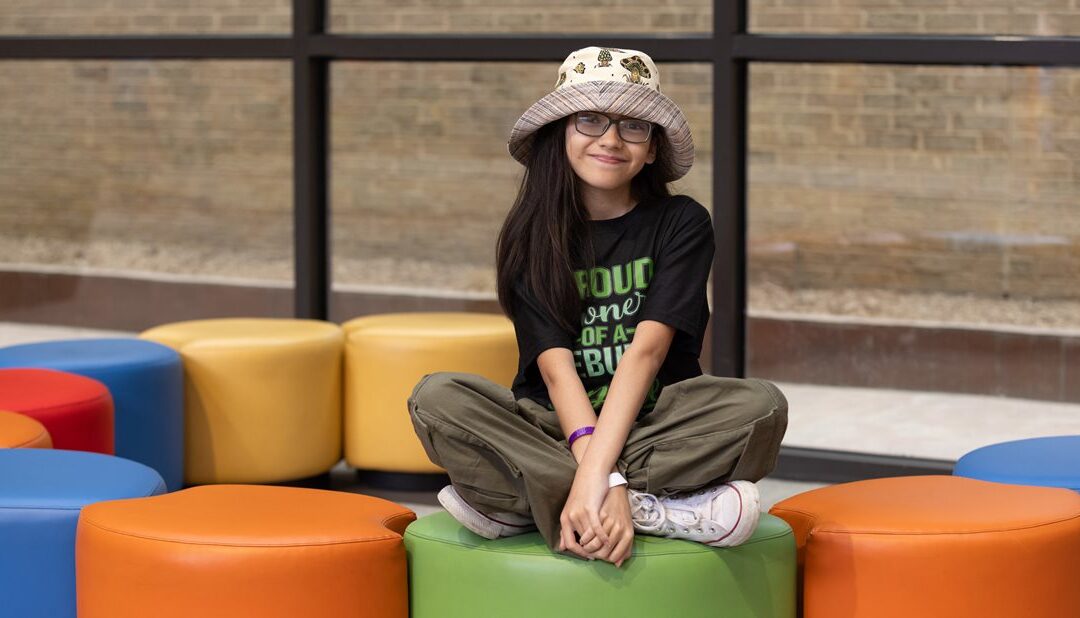
Standing Tall After Spinal Fusion Surgery
Previously published in Rite Up, 2024 – Issue 2.
In January of 2023, Delilah, a 12-year-old from San Antonio, was helping her mother, Angie, clean the house. As Delilah bent over to pick up something off the floor, Angie noticed that her backbone protruded from her back at an abnormal angle. “It caught me off guard,” Angie says. She called her husband into the room and asked Delilah to repeat the movement. He looked at Angie with wide eyes and said, “What was that?”
Delilah’s pediatrician suspected scoliosis and referred the family to an orthopedic physician.
“After taking an X-ray, he gave us the news that her spine was at an 84 degree angle,” Angie says. “Delilah and I had tears in our eyes.” Angie explained that because of the curves magnitude, the physician said that he would feel more comfortable recommending them to Scottish Rite for Children. “We had never heard of Scottish Rite, but it was the best advice and decision we ever made,” Angie says.
At Scottish Rite, pediatric orthopedic surgeon Megan E Johnson, M.D., diagnosed Delilah with adolescent idiopathic scoliosis, of which there is no known cause. Because her curve had surpassed the surgical magnitude of 50 degrees, Dr. Johnson recommended posterior spinal fusion, a surgery in which a rod is secured to the vertebrae to straighten the spine and hold the correction of the curve in place.
“Scoliosis progresses more rapidly when kids are undergoing their big growth spurt,” Dr. Johnson says.
“Delilah still had a lot of growth left, so she was at a greater risk of progression.”

Before surgery, Delilah asked thoughtful questions and expressed some worries. “I had a fear of like, what if I wake up during surgery?” she says. “And, what if it doesn’t turn out right, or what if they miss something?” Dr. Johnson marveled at Delilah’s maturity. “For being 11 at the time, Delilah asked great questions, advocated for herself and did her own research,” she says.
In October, the family traveled to Dallas for Delilah’s surgery and stayed at the Ronald McDonald House of Dallas, Scottish Rite’s community partner. “They took such good care of my family,” Angie says. “I’m very grateful for that.” After a successful surgery, Delilah’s curve was corrected from 95 to 20 degrees. She also got two inches taller. “Delilah exceeded our expectations,” Dr. Johnson says. “She has been a champ through it all.” Six months later, Angie cannot believe that Delilah had spinal surgery. “It boggles the mind because she’s back to being herself,” she says. “For us, Scottish Rite means hope, that everything is going to be OK.” Delilah agrees. “You can trust Scottish Rite,” she says, “and know that you are in great hands.”

